Porcupine Grass
$34.50 Original price was: $34.50.$24.15Current price is: $24.15.
- Free Shipping over $25
- Fast & reliable delivery options
- Enjoy top quality items for less
- Multiple safe payment methods

For a unique look in your garden, few plants are as striking and different as Porcupine Grass. The horizontal golden bands on the long leaves are a rare and striking pattern in plants, and its bold, upright structure, reaching 6 or 8 feet, makes it a great specimen plant. Some people are afraid of ornamental grasses, because some older types spread like the devil, and quickly turn half your garden into an impenetrable jungle. Not this one, or any of its relatives among the maiden grasses. They all develop into neat compact clumps that expand, but never spread. So, if you had a bad experience, try again, because ornamental grasses are so very useful in the garden, and they ask so very little. They are at their best in summer and fall, when we use our gardens most, and they contrast so beautifully with flowers and shrubs that they deserve wide use.
Growing Porcupine Grass
Size and Appearance
Porcupine Grass is a clump-forming grass that forms a dense clump of upright leaves about ¾ of an inch wide, but 3 to 6 feet long. They rise in a tight column, only arching over at their upper ends, so this grass, although tall, takes up less room than many other tall grasses. The slender leaves are a rich green, with a slightly glossy surface, and every few inches they are banded with a ring of golden yellow. Almost all variegated plants have vertical striping, either along the edges of the leaves, or up the center. This horizontal variegation is only seen in Porcupine Grass, and the very similar Zebra Grass, (Miscanthus sinensis ‘Zebrinus’). This effect is very eye-catching and appealing, and it does indeed reflect the look of the banded quills of a porcupine. Note that this grass is considered superior to Zebra Grass, which is smaller and has a more open structure, because it holds its form better, without flopping and without needing stakes and ties.
Between mid-summer and mid-fall, depending on your zone, mature clumps of Porcupine Grass flower. Above the leaves rise many flowering stems that reach 6 to 8 feet tall, and sometimes even taller. The last 8 to 12 inches of the flowering stem is an open tassel of many thin stems, carrying the pink to reddish-tan grass flowers. These stems remain attractive for weeks, and they look beautiful and entrancing as they sway in the breeze.
When fall arrives both the flower stems and the leaves eventually turn golden yellow to tan, but they don’t fall over, and this grass looks beautiful through winter. In warmer zones it may stay green for most of the winter months. You have months and months of beauty from this grass, as it passes through its seasonal changes.
Using Porcupine Grass in Your Garden
Grow Porcupine Grass as a stand-alone specimen in a lawn area – there you can fully appreciate its grandeur. Create a lovely effect by planting it with a few other specimen bushes, spaced well apart, in a bed mulched with gravel and decorated with boulders. Plant it alone or in groups in beds, in the background, where it looks wonderful. Space plants in clumps about 3 feet apart. Grow it by a stream or pond, or near your swimming pool, where it will also hide pumps and equipment very effectively. Grow it in a large planter or half-barrel, or in a colorful ceramic pot – make sure it has a drainage hole. It looks fantastic sitting on a patio, terrace or large balcony. This versatile plant can be used all around your garden, and wherever it is grown it will be amazing.
Hardiness
Porcupine Grass is hardy from zone 4 to zone 9, growing well in all those zones. It is perhaps the hardiest of the maiden grasses, which mostly survive only in zone 5. It may not flower much in zone 4, or only in fall, but it is still a wonderful grass to grow for its beautiful and unique leaf patterning. Attention to good drainage in winter is especially important in zones 4 and 5.
Sun Exposure and Soil Conditions
Plant Porcupine Grass in full sun for best development and sturdy growth. It thrives in any well-drained soil, and for maximum size it enjoys richer soils, and a good supply of water, but not constant wetness. Once established it is drought resistant, and resistant to salt spray too. Deer and rabbits ignore it, and it is normally free of pests and diseases.
Pruning and Maintenance
Simply cut back your Porcupine Grass to about 6 inches tall in spring, or earlier, once the leaves have completely died. Nothing else is necessary. This is warm-season grass, so it can be slow to start sprouting. Don’t think it is dead, just be patient – it will re-sprout vigorously once warmer weather comes.
History and Origin of Porcupine Grass
Porcupine Grass is a unique variety of maiden grass, Miscanthus sinensis. This grass is native to Japan, China and Korea, and it is also called silver grass, or eulalia grass. You may have heard of this grass being invasive in parts of America, but cultivated forms are generally safe to grow, and don’t seed successfully. We don’t know the origin of the form called ‘Strictus’, but it probably originated in Japan, where most of the other forms of maiden grass have come to us from. This grass won the prestigious Royal Horticultural Society’s Award of Garden Merit in 2001.
Buying Porcupine Grass at The Tree Center
With its striking and unique leaf pattern, and its hardiness, Porcupine Grass is always a hot seller. Don’t hesitate to order it right away, because it will be gone while you are still considering it. Don’t worry, you will love this wonderful plant.
Be the first to review “Porcupine Grass” Cancel reply
Related products
Hydrangeas
Boxwood Shrubs
Boxwood Shrubs
Hibiscus
Knock Out® Roses
Other Shrubs & Hedges
Shrubs and Hedges
Butterfly Bush


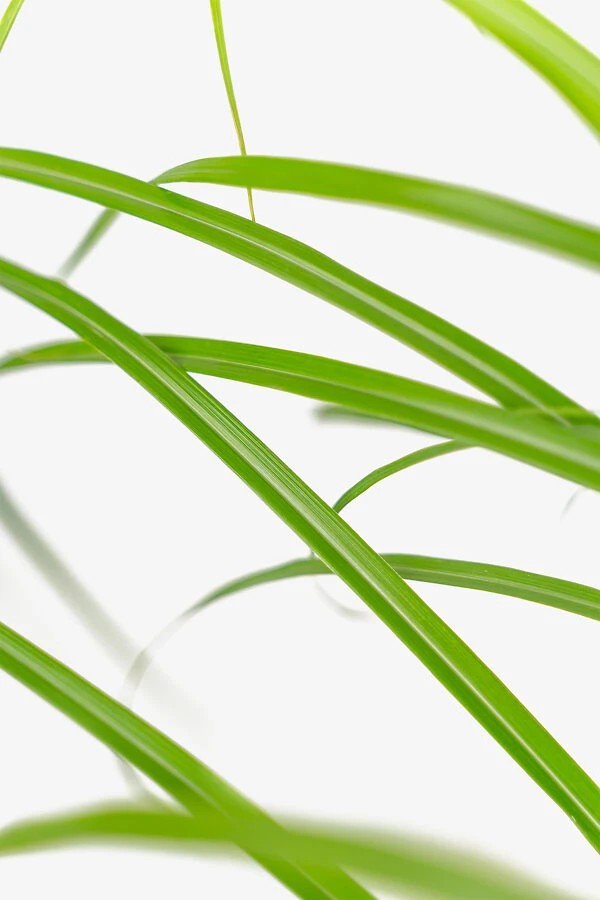
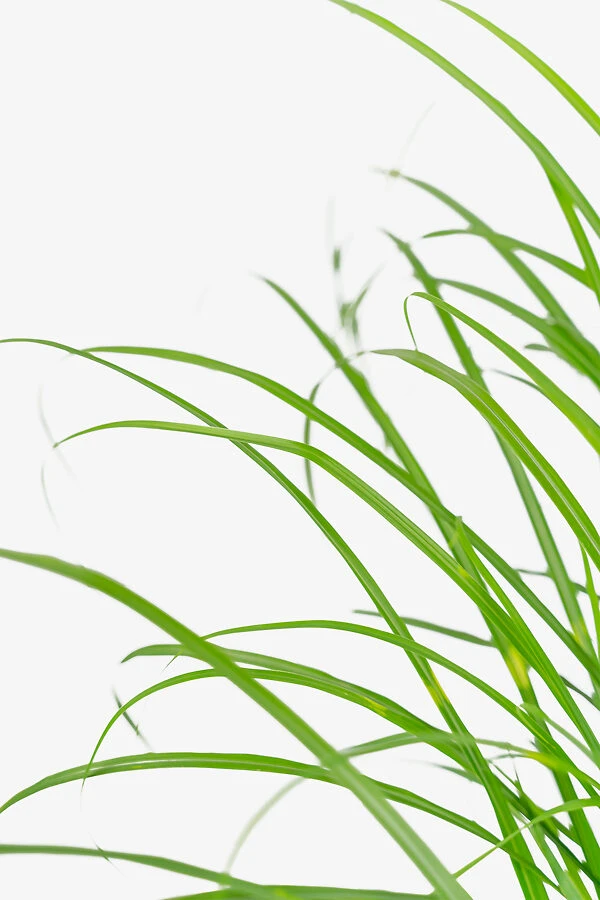
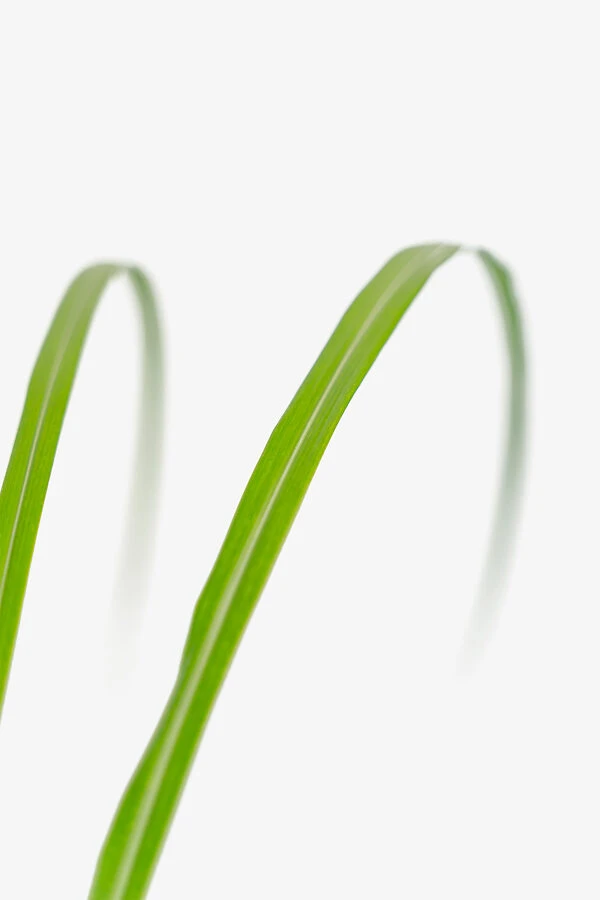

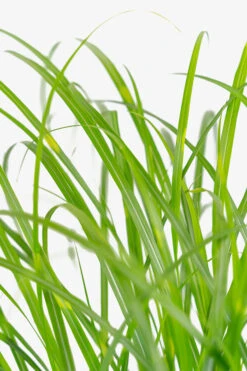
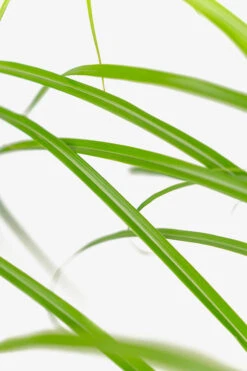
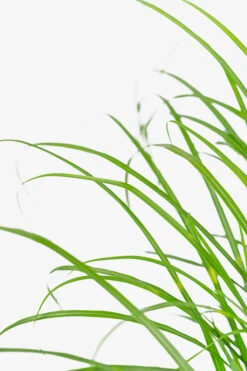
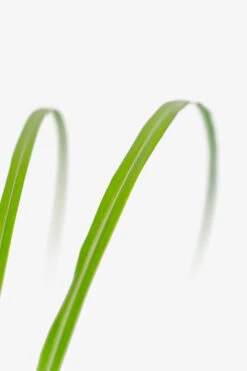

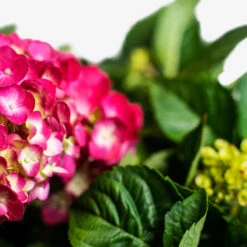
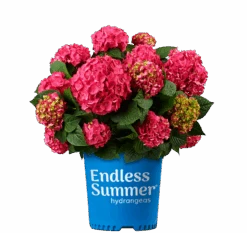




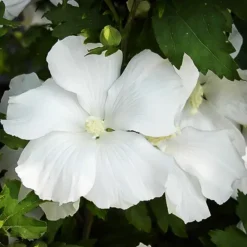
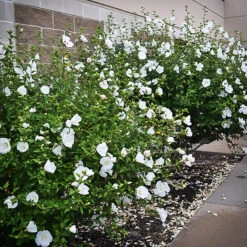

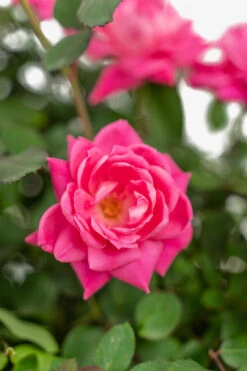
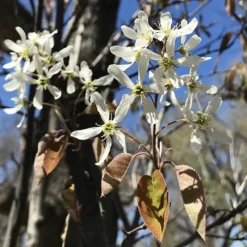

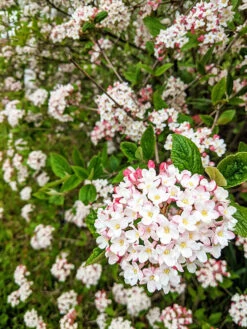
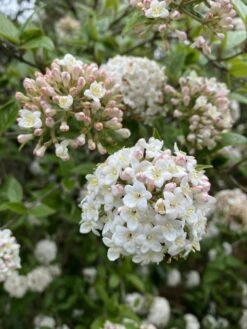


Reviews
There are no reviews yet.